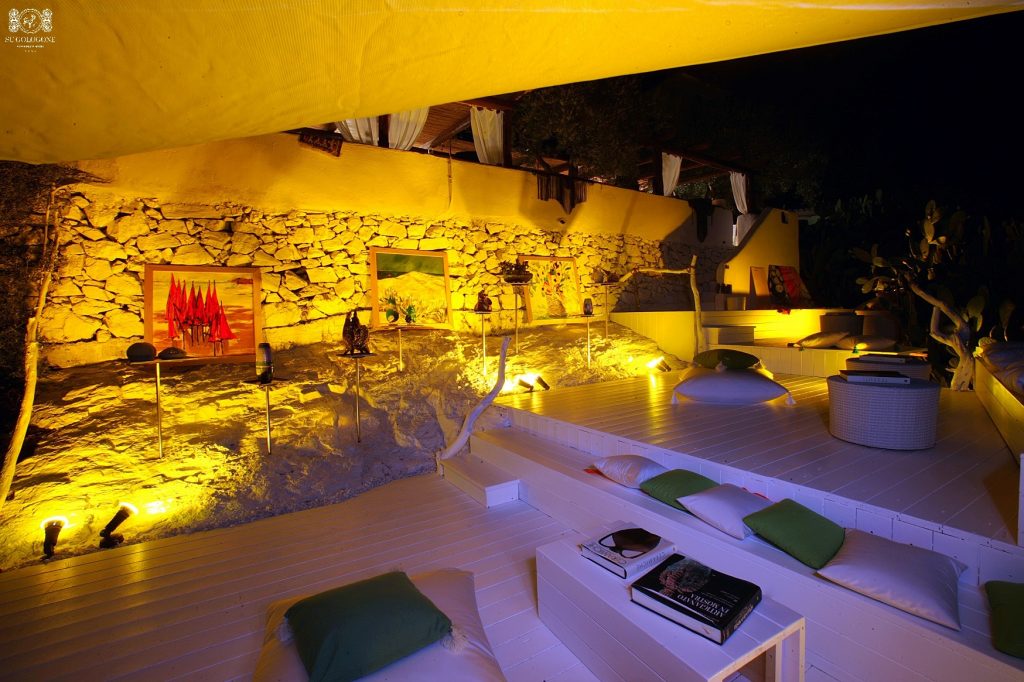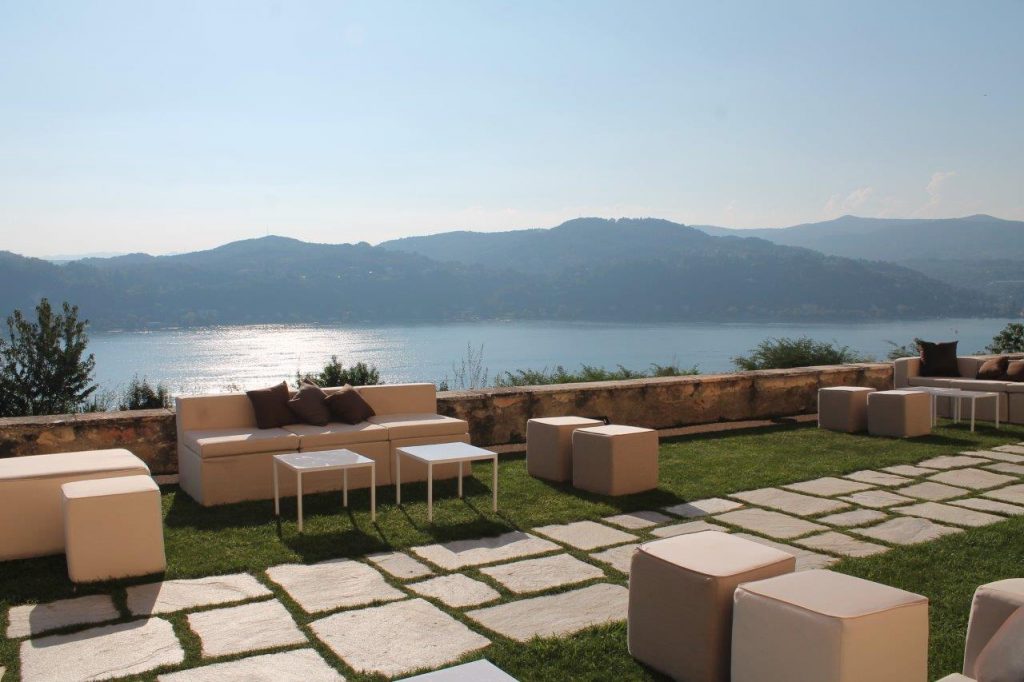We all know how it goes. A conference is planned, venue organised, key note speakers booked, the event publicised and delegate booking opened. Good event management, interesting themes and topics, a chance to network – that’s all it takes, isn’t it? Until fairly recently most people would say ‘yes’, but there has been a shift in thinking that is gaining momentum and that change is called the ‘unconference’.
A conventional conference can be a relatively dry and boring experience, presentations and talks may not feel particularly relevant or engaging for all delegates. Many will attend purely because they feel they have to, possibly more motivated by the opportunity to network than in the hope of learning anything useful during a panel discussion.
What is an unconference?
Let’s start with the definition: an unconference, also known as an Open Space conference, is a participant-driven meeting. The term ‘unconference’ applies to meetings that avoid the usual conventions of the traditional conference format in preference for peer-to-peer learning, discussion and collaboration.
An unconference turns the whole conference experience on its head
Unconferences are not by any means a new phenomenon. The origins of the concept can be traced back to 1985 and the publication of Open Space Technology: A User’s Guide by Harrison Owen, although the term ‘unconference’ itself didn’t appear until 1998. Early adopters in the US – perhaps not surprisingly, people in the technology sector – started holding unconferences from around 2003 onwards. Since then, there has been a steady increase as conference organisers all over the world have realised the value of an unconference.

So what actually happens at an unconference?
The first thing to understand about an unconference is that the only item on the agenda is that there is no set agenda. An unconference puts the agenda directly into the hands of the attendees and that’s an exciting proposition – a perfect example of power to the people. There are no keynote speakers, no panels, no predetermined topics to be discussed. Forget sitting passively hour after hour, those attending the unconference are instead invited to become active participants in the event and shape how it evolves over the day or multiple days.
Imagine taking a break in your working day to grab a coffee. You bump into a colleague, discuss a problem and that chance conversation brings about a small eureka moment before the kettle has boiled. An unconference is that sort of conversation on a larger scale.
At the beginning of an unconference everyone is invited to put forward session ideas, from which the agenda will then be developed. Sessions might include burning questions, a ‘show and tell’ demonstration of a latest project or an offer to teach others how to do something specific – there are no right or wrong ideas. This typically takes 60-90 minutes to share and organise the available time. Participants can then decide which sessions they want to get involved in, which might mean some sessions have only a few attending whilst others will be standing room only. And that doesn’t matter. At an unconference quality takes priority over quantity. The important point is that everyone is engaged in the session – they want to be there to participate, to learn, to offer a new perspective.
The overriding aim is to encourage meaningful conversations, collaboration, an exchange of ideas a group of engaged individuals that might solve a particular issue, explore ways of doing things differently, inspire new and innovative thinking – no one knows what exciting developments might come out of an unconference.
Whether your next event is for a small internal audience within your company or you are planning an industry-wide event for hundreds of people, the decision to make it an unconference could just be an inspired move that produces unexpected and significant results.
This is a guest post by MGN events, one of the UK’s leading corporate event planning and management companies who has been working with national and international brands since 2008. For more information visit their website.





